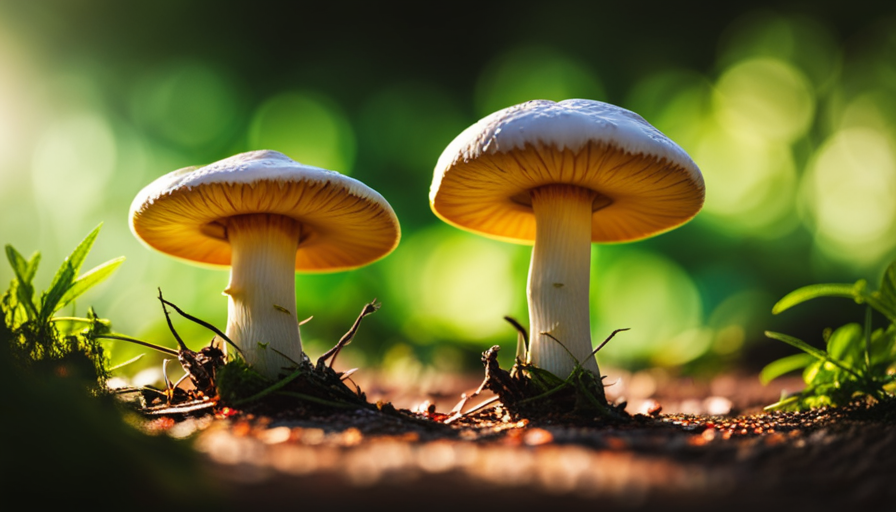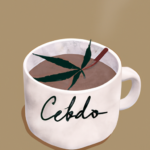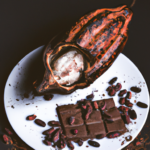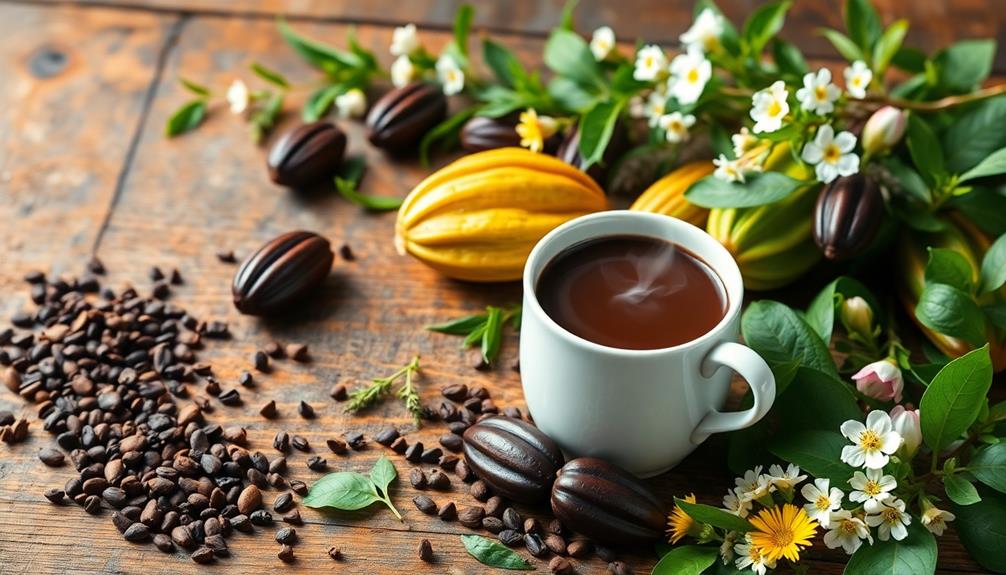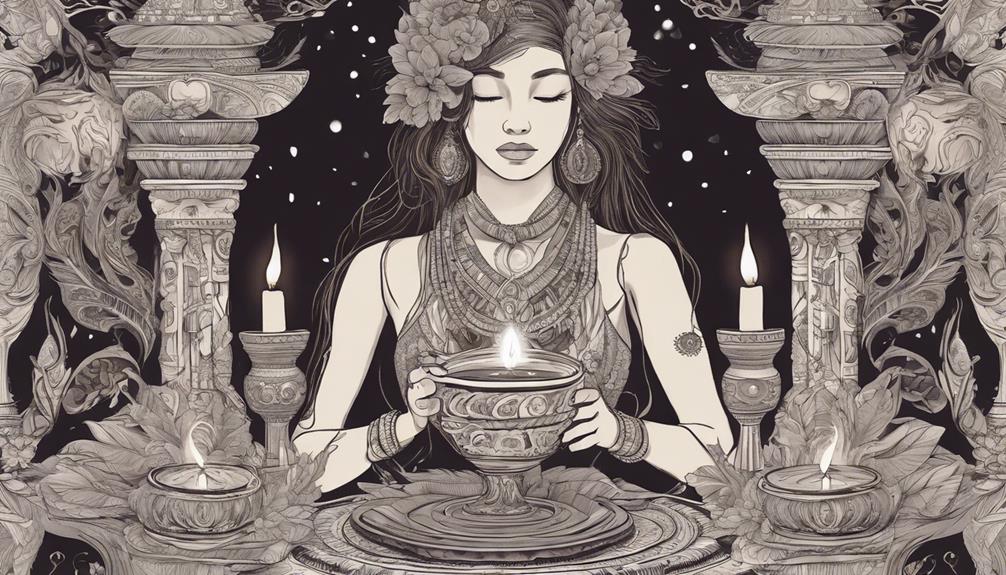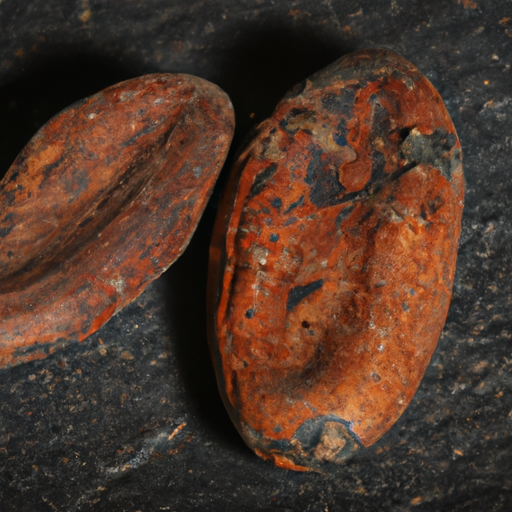I recall my initial experience tasting hot chocolate crafted from raw cacao. It was a cold winter night, and I was in need of something cozy and soothing. As I indulged in that luxurious, creamy beverage, I was captivated by the intricate, bold flavors that lingered on my taste buds. It was a truly unique hot chocolate unlike anything I had previously sampled.
If you, like me, are a fan of indulging in a delicious cup of hot chocolate, then you’re in for a treat. In this article, I will guide you through the process of making your own hot chocolate from raw cacao. Not only will you get to enjoy a decadent and satisfying drink, but you’ll also benefit from the many health advantages that raw cacao has to offer.
So, grab your favorite mug, gather your ingredients, and let’s embark on a journey to create a hot chocolate experience that will warm your soul and tantalize your taste buds.
Key Takeaways
- Hot chocolate made from raw cacao offers deep, complex flavors.
- It retains the natural goodness of cacao and is packed with antioxidants.
- It contains essential minerals like magnesium, iron, and zinc.
- The hot chocolate can be customized with optional spices and toppings for an enhanced experience.
Understand the Benefits of Raw Cacao
Now, let’s dive into the incredible world of raw cacao and discover the tantalizing benefits it brings to our homemade hot chocolate.
Raw cacao is a true powerhouse when it comes to health benefits. Unlike cocoa powder, which is processed at high temperatures, raw cacao retains all its natural goodness.
Packed with antioxidants, raw cacao can help fight inflammation and protect against free radicals. It also contains essential minerals like magnesium, iron, and zinc, which support overall well-being.
The rich and intense flavor of raw cacao adds depth to our hot chocolate, making it a truly indulgent treat.
So, gather your ingredients and get ready to experience the magic of raw cacao in our delicious homemade hot chocolate.
Gather Your Ingredients
First, gather all of the necessary ingredients for this decadent beverage, like a treasure hunter collecting precious gems. To fully appreciate the benefits of raw cacao, it’s important to understand its rich history and nutritional value.
Raw cacao is known for its high antioxidant content, which can help fight against free radicals and promote overall health. Additionally, it contains essential minerals like magnesium and iron that support various bodily functions.
Now, onto the ingredients:
- Raw cacao powder: Look for a high-quality, organic powder to ensure maximum flavor and health benefits.
- Milk or plant-based milk: Choose your preferred type, whether it’s dairy or non-dairy.
- Sweetener: Opt for natural options like honey, maple syrup, or coconut sugar to enhance the taste without overpowering the cacao.
- Optional spices: Consider adding a pinch of cinnamon or nutmeg for an extra flavor kick.
With these ingredients at hand, we can now move on to choosing the right sweetener for our luscious hot chocolate creation.
Choose Your Sweetener
When it comes to creating your decadent beverage, you have the power to choose the perfect sweetener that will enhance the flavors and create a truly indulgent experience.
Choosing the right sweetener is crucial for making a delicious cup of hot chocolate from raw cacao. While there are several options available, some of the best sweeteners for hot chocolate include honey, maple syrup, and coconut sugar.
Honey adds a natural sweetness and a hint of floral flavor, while maple syrup provides a rich and earthy taste. Coconut sugar offers a slightly caramel-like flavor that pairs perfectly with the bitterness of raw cacao.
Experiment with different sweeteners to find the one that suits your taste buds the best.
Once you’ve decided on your sweetener, it’s time to heat your milk or dairy-free alternative, creating a creamy base for your hot chocolate.
Heat Your Milk or Dairy-Free Alternative
Get ready to warm up your preferred milk or dairy-free alternative to create a velvety base that will make your taste buds dance with delight. There are different ways to heat your milk for hot chocolate, depending on your preference and available equipment. One option is to use a stovetop and a saucepan. Simply pour your milk or dairy-free alternative into the saucepan and heat it over medium-low heat, stirring occasionally to prevent scorching. Another option is to use a microwave, by pouring the milk into a microwave-safe container and heating it in short bursts, stirring in between, until it reaches your desired temperature. When using dairy-free alternatives, it’s important to choose one that will complement the flavor of the raw cacao. Almond milk, coconut milk, and oat milk are popular choices. Once your milk is heated, you can move on to the next step of combining the raw cacao and sweetener.
Combine the Raw Cacao and Sweetener
To create a delectable blend, start by combining the velvety raw cacao with your chosen sweetener. There are various types of sweeteners you can use, such as honey, maple syrup, or coconut sugar, each adding its own unique flavor profile to the hot chocolate.
When combining the raw cacao and sweetener, it’s important to achieve a smooth and even mixture. Begin by adding a small amount of sweetener to the raw cacao powder and stirring it well. Gradually add more sweetener, tasting as you go, until you reach your desired level of sweetness. This gradual process ensures that the flavors blend harmoniously and the sweetness is well balanced.
Now that the raw cacao and sweetener are perfectly combined, it’s time to move on to the next step of adding the milk and stirring until smooth and creamy.
Add the Milk and Stir
After successfully blending the velvety cacao and sweetener, it’s time to pour in the milk and give it a good stir.
Depending on your preference and available equipment, you have two options for heating the milk: stovetop or microwave.
If you choose the stovetop method, gently heat the milk in a saucepan over medium-low heat, being careful not to let it boil. Stir it occasionally to ensure it heats evenly.
If you prefer the microwave, pour the milk into a microwave-safe container and heat it in 30-second intervals, stirring in between, until it reaches your desired temperature.
Once the milk is heated, grab a whisk or a frother and vigorously stir or froth the mixture until it becomes nice and frothy. This will add a delightful touch to your hot chocolate.
Now, it’s time to move on to the next section and enhance your hot chocolate with optional ingredients.
Optional: Enhance Your Hot Chocolate
Now, let’s take your hot chocolate to the next level by adding some optional ingredients that will enhance its flavor and richness.
Enhancing the flavor of hot chocolate is all about experimenting with different types of hot chocolate recipes. One option is to add a splash of vanilla extract to your hot chocolate. This will give it a subtle, sweet aroma that pairs perfectly with the rich taste of raw cacao.
Another option is to sprinkle a pinch of cinnamon on top of your hot chocolate. The warm, spicy notes of cinnamon will add depth and complexity to your drink.
For a touch of indulgence, you can also try adding a dollop of whipped cream or a drizzle of caramel sauce. These additions will elevate your hot chocolate to a decadent treat.
Now, let’s move on to the next section and learn how to serve and enjoy your delicious hot chocolate creation.
Serve and Enjoy
Get ready to savor the delightful and indulgent experience of serving and enjoying your hot chocolate creation.
After all the effort put into making your hot chocolate from raw cacao, it’s time to present it in a way that will impress your guests. Consider setting up a hot chocolate bar with a variety of toppings and mix-ins such as whipped cream, marshmallows, cinnamon, caramel sauce, or even a sprinkle of sea salt. This will allow everyone to customize their own cup of hot chocolate to their liking.
Don’t forget to provide different serving suggestions, like serving it with a side of freshly baked cookies or a warm slice of cake. Experiment with different flavors and toppings to take your hot chocolate experience to the next level.
Experiment with Different Flavors and Toppings
Discover the endless possibilities of elevating your hot chocolate experience by experimenting with a wide range of flavors and tantalizing toppings. Flavored hot chocolate can take your drink to a whole new level of deliciousness. Here are some creative garnishes to try:
- Peppermint: Add a splash of peppermint extract or crush some candy canes for a refreshing twist.
- Salted Caramel: Drizzle some salted caramel sauce on top for a sweet and salty combination.
- Spiced: Sprinkle in some cinnamon, nutmeg, and cloves for a cozy and warm flavor.
- Orange Zest: Grate some orange zest over your hot chocolate for a burst of citrusy goodness.
- Toasted Marshmallows: Roast some marshmallows and place them on top for a gooey and decadent treat.
Don’t be afraid to mix and match flavors and toppings to create your own signature hot chocolate masterpiece. Let your imagination run wild and enjoy every sip of your personalized creation.
Frequently Asked Questions
Can I use regular cocoa powder instead of raw cacao?
Sure, you can use regular cocoa powder instead of raw cacao in vegan hot chocolate recipes. However, keep in mind that raw cacao has more health benefits, like antioxidants, similar to how a bright sunrise energizes the day.
How long does it take to heat the milk or dairy-free alternative?
To achieve the perfect temperature for hot chocolate, heat the milk or dairy-free alternative over medium heat until it starts to steam. The heating time for hot chocolate can vary, but it typically takes about 5 minutes. Using raw cacao in hot chocolate adds a rich and intense flavor, as well as additional health benefits.
What are some alternative sweeteners that can be used besides the ones mentioned in the article?
Some alternative sweeteners that can be used besides the ones mentioned in the article are maple syrup, honey, and stevia. These sweeteners not only add flavor but also offer various health benefits.
Can I use water instead of milk or dairy-free alternative?
Yes, you can use water instead of milk or dairy-free alternatives when making alternative hot chocolate recipes. Using water can be a lighter option and still allow you to enjoy the health benefits of raw cacao hot chocolate.
How can I make a vegan version of hot chocolate using raw cacao?
To make a vegan version of hot chocolate using raw cacao, I can use plant-based milk, such as almond or coconut milk, instead of dairy. Raw cacao has numerous health benefits, including antioxidants and mood-boosting properties.
Can I Use Raw Cacao Chocolate Bars to Make Hot Chocolate?
Yes, you can use raw cacao chocolate bars to make hot chocolate. All you need is a simple raw cacao chocolate bars recipe, some milk, and a saucepan. Just melt the chocolate bars in the milk, stir well, and enjoy a rich and decadent hot chocolate.
Conclusion
In conclusion, making hot chocolate from raw cacao is a simple and delicious way to indulge in a warm and decadent treat.
By using raw cacao, you can reap the numerous health benefits that come with it, such as its high antioxidant content.
Did you know that raw cacao has 40 times the amount of antioxidants as blueberries? This interesting statistic highlights just how powerful and nutritious raw cacao can be.
So why not give it a try and elevate your hot chocolate game? Your taste buds and your health will thank you!


